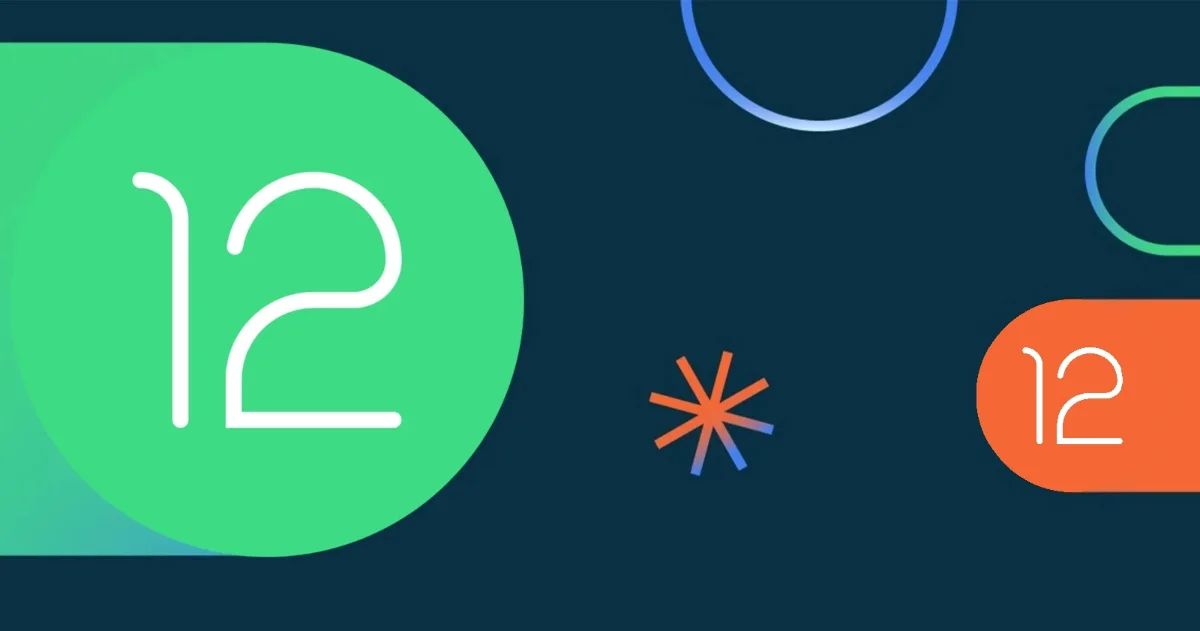The third beta version of Android 12 is now available. These are the new features it introduces and the cell phones compatible with the new version.
As marked in the official schedule of the update, the third beta version of Android 12 is now available for download on Google Pixel phones.
Beta number three of Android 12 is an incremental update, which introduces small functional and performance improvements over the previous release.
Supported phones for Android 12 Beta 3
When launching the first beta of Android 12, Google claimed that a total of 22 devices from up to 11 brands would be compatible with the test version. However, the Google Pixel remains at the top of the list of compatible devices, and as such, they are the first to be able to install Android 12 beta number 3.
- Pixel 3
- Pixel 3 XL
- Pixel 3a
- Pixel 3a XL
- Pixel 4
- Pixel 4 XL
- Pixel 4a
- Pixel 4a 5G
- Pixel 5

In the case of models from other manufacturers, we will have to wait for each brand to decide to release the update, whose installation can be done manually by following the steps in our guide.
Download Android 12 Beta 3
Those who already have the first or second beta of Android 12 installed on their phones will receive the update to the third version via OTA automatically.
On the other hand, those who want to try Android 12 for the first time will have to subscribe – for free – to the Android Beta program using the Google account associated with their device, and then download the update through the mobile’s settings. If you are not quite sure how to do this, we recommend you visit our guide to update Android.
- For more information about Beta Program click here.
There is also the possibility of installing the Android 12 OTA manually by downloading it through Google’s developer page.
All the new features of Android 12 Beta 3
Despite being an incremental update, Android 12 Beta 3 introduces a number of important functional novelties that Google has detailed on its Android Developers Blog. They are as follows:
- Scrolling screenshots: Extended screenshots have finally arrived on Android, giving the ability to take screenshots of lists in applications and web pages in a simple way, and without the need to use third-party apps.
- On-device search: Beta 3 includes platform support for AppSearch, a new high-performance, on-device search engine. With AppSearch, apps can index and search structured data with built-in full-text search capabilities and can use native features such as highly efficient indexing and retrieval, with support for multiple languages and relevance ranking.
- Privacy flags API in WindowInsets: In Beta 2, support was added for privacy flags in the status bar that show when an application is using the device’s camera, location, or microphone. Since the indicators can be displayed when an app is in immersive mode and could cover controls or content, apps need to know where the indicators can be drawn and make the necessary adjustments to avoid covering useful content. To this end, new privacy indicator APIs have been added in Beta 3.
- Configurable camera and microphone switches for enterprises: Beta 2 included new switches that allow users to instantly disable access to the device’s microphone and camera for all applications. This feature has now been made available to enterprise administrators so that they can set the necessary restrictions on managed devices.
- New permission for apps paired with CDM that launch services in the foreground: To better support companion apps that perform core functionality while providing system transparency, apps paired with Companion Device Manager (CDM) can launch services in the foreground from the background by declaring new normal permission.
- Better and faster auto-rotation: Android’s auto-rotate feature has been enhanced with face detection, using the front-facing camera to more accurately recognize when to rotate the screen. This is especially useful for people who use their devices while lying on a couch or in bed, for example.
- Android 12 for gaming: With game mode APIs, it is possible to “react” to players’ performance profile selection for gaming, prioritizing battery life for long travel, or performance for maximum frame rates.
On top of all that, Android 12 number 3 introduces the final APIs and SDKs of the release, so developers now have a stable environment to work with.
Currently, we are only one more beta version away from the final release of Android 12. The fourth beta will arrive in August, and it will attempt to achieve full platform stability before releasing the changes to the AOSP code.





